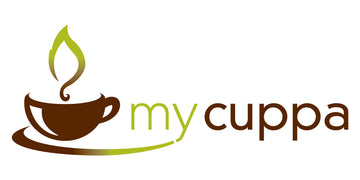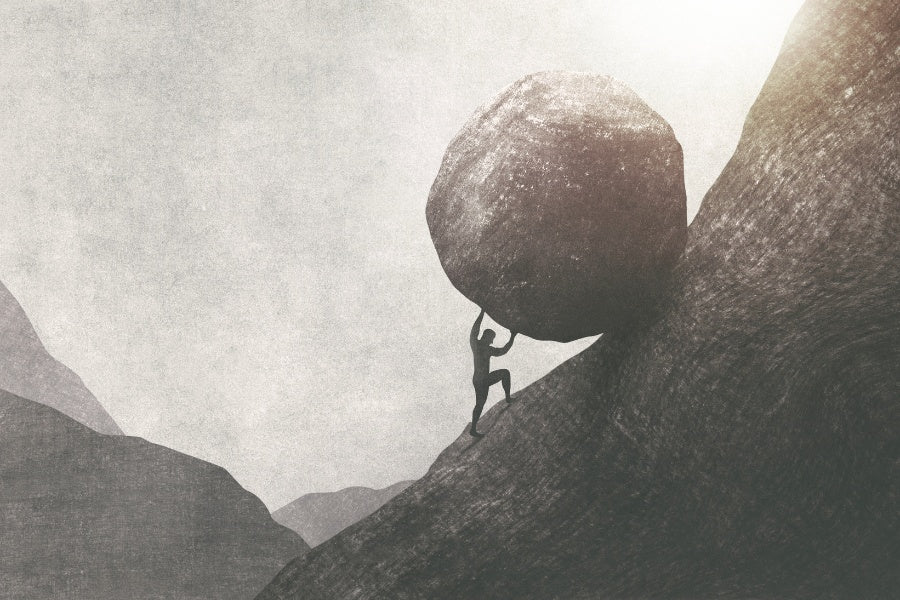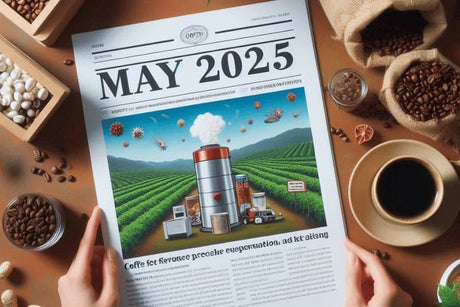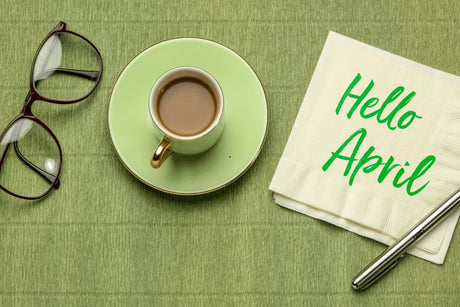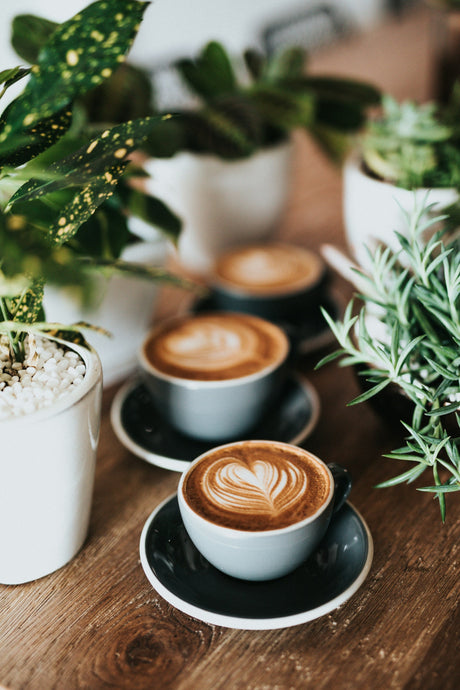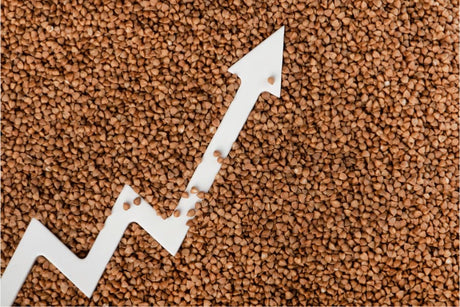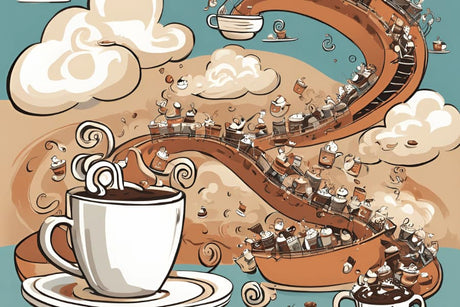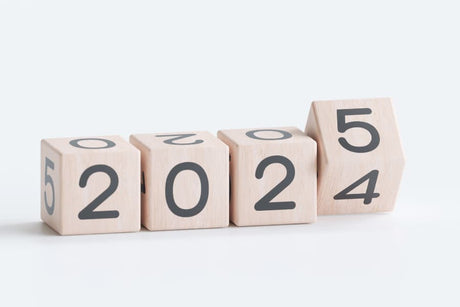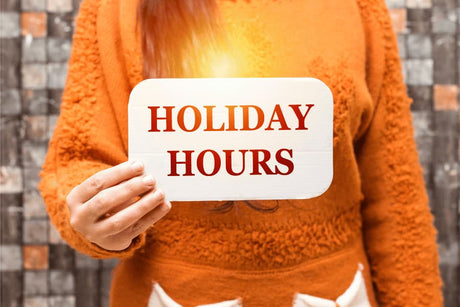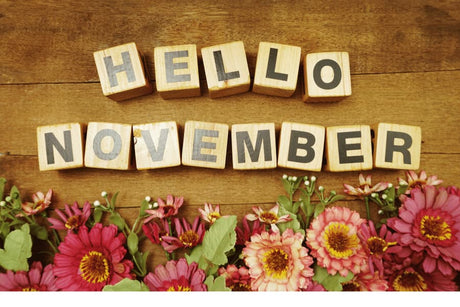“The strongest people are not those that show strength in front of us, but those who win battles we know nothing about." - Unknown
mycuppa April 2022 Newsletter
Over the last month, we have received plenty of calls from customers worried about escalating coffee prices - courtesy of lazy and scaremongering journalism declaring a cup of coffee will cost $7 before too long. Please read our article below as we unpack the actual costs and explain what's happening.
This month's Secret Label is a delicious dedication to our focus on Organic coffees. It's been hard work sourcing coffees from origin with so many logistics challenges, so we are happy to have assembled a quality portfolio of organic-certified lots that are some of the best we have seen in years.
April's Secret Label is a tribute to everything we love in Organic with a blend from 3 different origins, a tasty and surprisingly punchy coffee featuring rich black currant, bold hazelnut, black fruits, syrupy toffee and caramel with a milk chocolate finish.
Just a reminder, there are two sets of public holidays this month, and being close together, we can almost smell the prospect of parcel network pain ahead. Like clockwork, every year around Easter, parcel networks hit the wall with congestion and backlogs as freight staff take leave and accumulated orders in retailer warehouses dump a week of accumulated freight in a single day.
With the logistics industry still suffering from labour shortages, please consider getting orders in before the holiday periods to avoid the risk of frustrations from potential transit delays.
April 2022 Secret Label
I came to dislike the term "strong" when used to describe coffee, yet it's one of the most popular phrases some coffee drinkers use when asking for recommendations. "Gimme something strong".
Coffee strength is generally a measure of its caffeine level, and it may surprise many of you to learn that almost all the arabica varietal coffees, those high-quality lots we and many other quality-focused coffee companies use, possess similar levels of caffeine.
So there is no secret insider knowledge that reveals naturally "strong" coffees, that Brazil will not have less caffeine than Colombia, etc. If caffeine strength is your desire, take a walk on the robusta side of the coffee species to soak up higher caffeine levels that are generally more than double the arabicas.
It seems perfectly reasonable to describe a coffee as "bold" as a better choice to indicate its relative flavour levels, and this month's Secret Label is indeed a bold coffee.
There's that black currant note I am perpetually afraid of yet performed so majestically in November's Secret Label.
Black fruits of the sweetest and smoothest kind, punchy hazelnut, rich toffee and syrupy caramel with a milk chocolate finish.

Unpacking $7 cups of coffee
An election year brings out the most dubious media reporting, so it was only a matter of time until headline-grabbing journalists turned their short attention spans to the rising costs of living in lazy attempts at horror story $7 cups of coffee.
Ironically, the $7 coffee headline is only six months late. Still, you see, timing is everything in media, and those $7 coffee headlines are classic eyeball grabbers at the very moment when everyone is trying to digest the fuel price and broader inflation shocks.
Since those articles started circulating a few weeks ago, we have received plenty of calls from anxious customers worried they might no longer be able to afford their beloved coffee fix.
It's been a similar case with all the drivers delivering goods to our warehouses over the last few weeks, all keen to discuss whether a cup of coffee will reach $7. Friends and family have hit us with the same concerns - all frightened by the scaremongering media reports of rapidly escalating living costs.
There may be more truth in the claims by former Prime Ministers Rudd and Turnbull that media influence is a dangerous factor in swaying public opinion.
The invasion of Ukraine in Europe affected the dynamic of global energy supplies, spiking the price of oil and gas and some commodities. However, it did not significantly influence the cost of raw coffee; in fact, there was barely any change. Even before the unfortunate Ukraine event, inflation had been running out of control in every country worldwide, especially the US.
Economic commentators have pointed out that rising inflation is like a contagion providing free licenses for many suppliers to keep lifting prices, whether fully justified or not. First, it was manufacturing shutdowns due to the pandemic, component and material shortages, then sea freight jumped 400% and the trusty excuse of supply chain disruption that has never managed to return to stability, which seems odd given it's been two years.
Inflation has been lurking undetected since the beginning of the pandemic; it's just that the global financial markets were in denial and blamed each new set of challenges or price spikes on a basic oversimplification of just another Coronavirus impact.
Some say most of these factors conveniently feed into a careful narrative enabling supply sides to extract higher prices, and it seems there's been more than a bit of a compounding effect throughout supply chains to the point of opportunistic price gouging - and we don't mean just coffee, but literally anything and everything. Transparency is at an all-time low.
The cost of risk is inflated due to multiple layers of pricing, leading to uncomfortably high expenses. The problem is that many companies are getting away with it - at least for the moment whilst hiding under the cloak of the universal and over-used excuse of "supply chain disruption".
But you only have to listen for the significant clues being dropped repeatedly by CEOs from Australia's most prominent retail and market places - Harvey Norman, JB HiFi, Kogan, Wesfarmers, they are all similarly shaking their heads and singing from the same songbook - there's a massive storm coming with price hikes. It's not just another canary in the coal mine warning to soften up consumers ahead of the pricing pain; all these CEOs see it in their procurement cycles. Products are usually made available for purchase six months before the shipment date.
Price takers
My favourite breakfast cereal increased by 15% in the last fortnight, which is suspect as I estimate the logistics component for that product cost is barely 5% given the brand's size, scope and maturity. Even if fuel has risen 25%, that's on a base of 5%, which translates into a 1.25% total product cost increase, not an order of magnitude as played by the supermarkets.
So it begs the question for our influential grocery players Woolworths, Coles, IGA and to a lesser extent, the more competitive Aldi - are the supermarkets just conveniently riding the inflation wave as I'm sure all the big supermarkets have a generous 90 days grace period written on the majority of their supplier price increases, yet ironically the prices rise much sooner. It feeds straight into their back pockets as pure profits.
Why? Because they can. There's a well-proven economic tailwind that benefits supermarkets during periods of rising inflation, so it will be interesting to see if the supermarkets resort to emotional marketing of "crocodile tears" pretending to help save consumers $$ whilst pocketing the differentials in the periods between a supplier price rise notice and it physically taking effect. Sneaky.
Last week, our sea freight provider informed us that the fuel surcharge for container cartage on land here in Australia will be 24%. That comes from an already over-priced range of freight services - $1,500 to move a container from Port Melbourne to our Eastern suburbs warehouse - barely 2 hours ' effort in an efficient side loader. Undoubtedly, parcel shipping costs in Australia will rise steeply next month as the carriers crunch adjustments to fuel surcharges.
What a cup of coffee costs
Rather than unpack the myriad of variables influencing economic conditions, let's focus on the coffee industry and the scandalous headline of $7 cups.
It's been well documented over the last 12 months how the raw coffee market has been rising and continues to hover at costly levels. Putting this in perspective - it's doubled.
While true, the impact of rising coffee prices is never felt instantly in the same ways fuel or fruit and vegetables grow in a mere blink of a problem. Coffee is a highly competitive industry with many thousands of diverse players. With inventory held in supply chains to buffer for a short period, there is always hope that market movements revert. But the coffee price has remained high and is expected to sit at high ranges for another 6+ months as everyone has given up hope of prices coming down anytime soon.
With those buffer inventories in supply chains and company warehouses well-depleted months ago, the sell/retail side has been lifting prices in earnest. On average, the impact is around $5 - $6 per kilo at the raw coffee point, and how that translates into roasted coffee pricing is anyone's guess, as each business will treat it differently based on its competitive strategies.
Those lofty price aspirations had already been playing out with some keen sellers charging over $8 per cup where they have a captive market, e.g. Sydney's Darling Harbour on a Sunday for a significant takeaway. It's also not unusual for the fancy pants hipster brands to market their over-priced coffees as "bucket list experiences" by charging up to $10 or more for a cup - but these are exceptional cases and not representative of the market averages.
Even when the wholesale coffee supply to a cafe rises by $4 to $6 per kilo, how does that impact costs?
A rough rule of thumb metric is 40 to 50 cups of coffee per kilo for a beverage outlet. However, that can vary depending upon the workflow, barista, size of the filter baskets in the portafilters, wastage, purging, technique or policy for split shots versus doubles per order, etc.
Let's take the average and use 45 cups per kilo and $26 per kilo as the cafe's wholesale price, although that probably needs to lift a bit. This comes out to around 60 cents per cup for the cafe.
Many cafes are well under this metric, and some may be well over.
The equipment, such as the espresso machine, grinder, etc., is generally supplied to the cafe free on loan (FOL) in return for loyalty to purchase coffee beans. It's an utterly ridiculous perk gifted to cafes, but let's not get into that argument now.
Whilst FOL is not a universal and 100% supply rate, let's assume that around 80% of cafes are obtaining their espresso equipment "free of charge". For the remainder, even if they capitalize the equipment, the component cost on a per-cup basis is minimal, but for this case, let's set aside 5 cents to be generous.
Crockery is provided chiefly again free of charge or even if it's paid for by the cafe, or in the case of takeaway coffees, let's assume a 12-cent cost inclusive of lid.
So cafes spend around 77 cents for their "dose" of coffee, including the cup or takeaway - around 11% of the mooted $7 cup.
Now, let's look at milk and dairy alternatives. Some of the newer innovations in plant-based dairy are costly compared to milk, but for this exercise, let's assume an average of 300ml per cup at $1 per 300ml, which should allow for plenty of wastage, etc.
Sugar sticks are relatively cheap, and given these days, many consumers are health conscious with added sugar on a steep decline; we can safely assume that only 25% of coffee beverages require additional sweeteners, sprinkles, etc., at a generous 7 cents per cup.
There you have it, folks; the ingredients for coffee beverages cost around $1.84 before rent, energy, labour, other costs, etc.
With a fair bit of a gap between the raw ingredients costs of $1.84 and the headline-grabbing forecast of $7, successful cafe operators can drive that $1.84 per cup lower. Still, the other expenses influencing the final finished product, such as labour, rent, overheads, efficiency and compliance, add significantly to the total costs.
Musical chairs
There has been a lot of hype from the wholesale coffee sector in anticipation of cafes resuming the boom times before the pandemic, but we are not sure that everything will return to those buoyant levels.
Due to a lack of solid or trustworthy statistical data, what needs to be clarified today is whether the re-distribution of wholesale hospitality coffee volumes from city to suburban outlets resulted in a net zero overall gain or loss for that segment of the coffee market.
Indeed, social commentary reveals significant changes to future working arrangements with less desire for workers to commute to city offices daily, with the inevitable solution being remote working may prevail longer than expected.
It's safe to assume the overall size of the hospitality segment coffee volume has contracted during the last two years from lockdowns or trading restrictions and, in turn, has been replaced with solid growth in online sales. However, online growth has continued 2022 at different rates than in 2020 and 2021. The coffee market stats also do not represent migration from city to regional areas over the last two years.
As hospitality outlets continue to struggle to find labour, the costs associated with paying for that labour have also skyrocketed. A recent discussion with a cafe owner revealed that experienced (or professional) baristas now ask for close to double their pre-pandemic salary as demand outstrips supply.
Putting aside the higher rents from Australia's property bubble increases in wages and higher ingredients costs, we don't think a cup of prepared coffee will reach $7 this year, except in those instances where a captive customer situation prevails, and competitive choices If something is no longer available, it may be taken off the market or rebranded as an exclusive offering.
But it has breached the $5 mark, and that $5 is likely to become the previous $ 4-floor price for prepared coffee beverages, with establishments likely to price somewhere between $5 and $6 as the year progresses.
Wait a moment - $7 cups of coffee might be natural.
Rising input costs have dominated the commentary around why a cup of coffee might cost $7, and the forgotten impact of a decade of coffee beverage deflation needs to be included in the analysis.
A few years ago, we wrote about how deflation affected the coffee industry more than any other beverage; margins were progressively squeezed. During the last decade, all non-coffee beverages (including alcohol) enjoyed between 25% to 50% price growth, yet coffee had barely nudged 10% in the same period.
Had the price per cup of coffee moved at the same rate as other beverages during that period, a more realistic, adjusted price for a cup of coffee would have been $6 today. It's also interesting to note this modelling occurred well before the cost of raw coffee doubled and the induced inflation cycle we are now entering, so the $7 cup of coffee may be within the realms of possibility.
Many believe the extreme competition for coffee drinkers put a tight lid on price increases over the last 12 years, holding it down to those $3.50 - $4.50 ranges as cafes were too scared to lift prices and risk losing customers that could quickly go nearby for an alternative.
Is a coffee beverage reasonably priced?
Coffee beverages require many more stages and labour tasks to produce the final product than most other beverages - farmers toiling their land, exporters and brokers storing and forwarding, roasters blending and crafting, packaging and delivery, baristas pulling everything together for that final moment of enjoyment.
It takes, on average, 20 different sets of hands from seed to cup, and there are still a lot of manual, labour-intensive stages. An effort that has been undervalued mainly in the last decade.
Our message to customers is simple - don't be fooled by the scare tactics of $7 coffees, and certainly don't panic buy or hoard freshly roasted coffee because it won't remain tasty even if you don't open the pack; coffee continues to stale inside sealed bags.
We continue to do our absolute best to keep prices down. There are ongoing adjustments, but it will stay at the same level that will elevate coffee to a luxury that's not affordable - at worst, the difference is likely to be around 5+ cents a cup.
What can you get for 5 cents these days?
